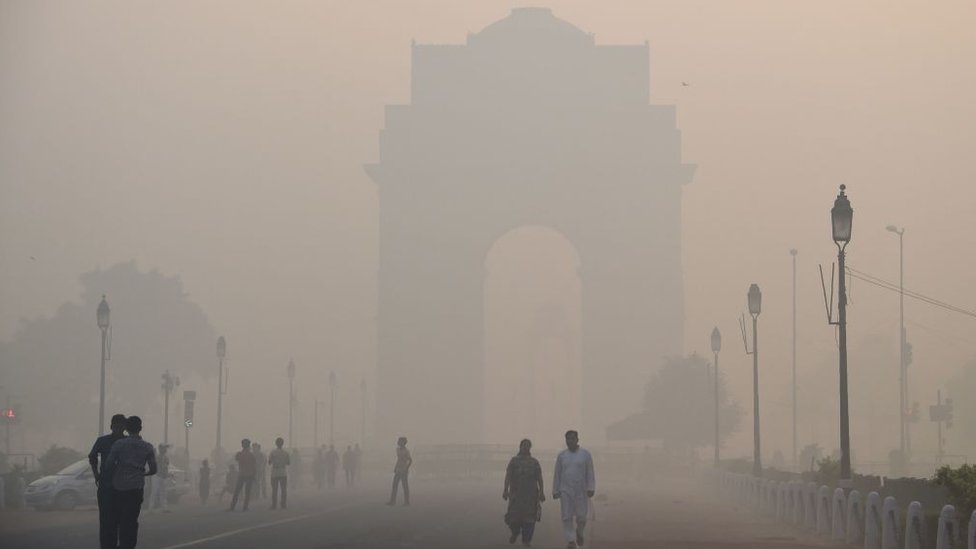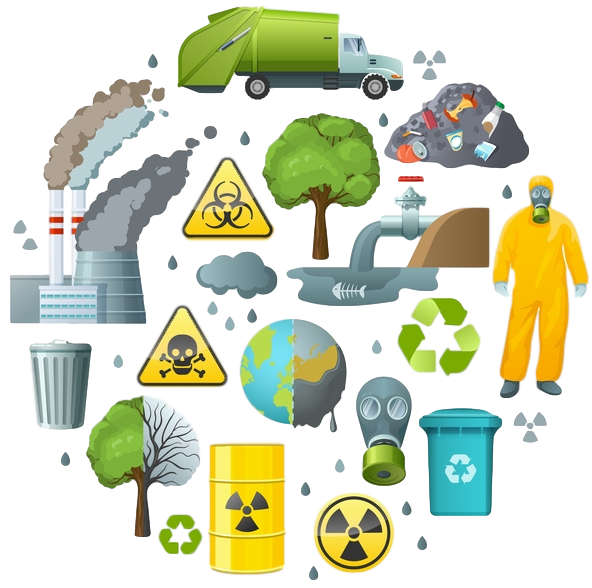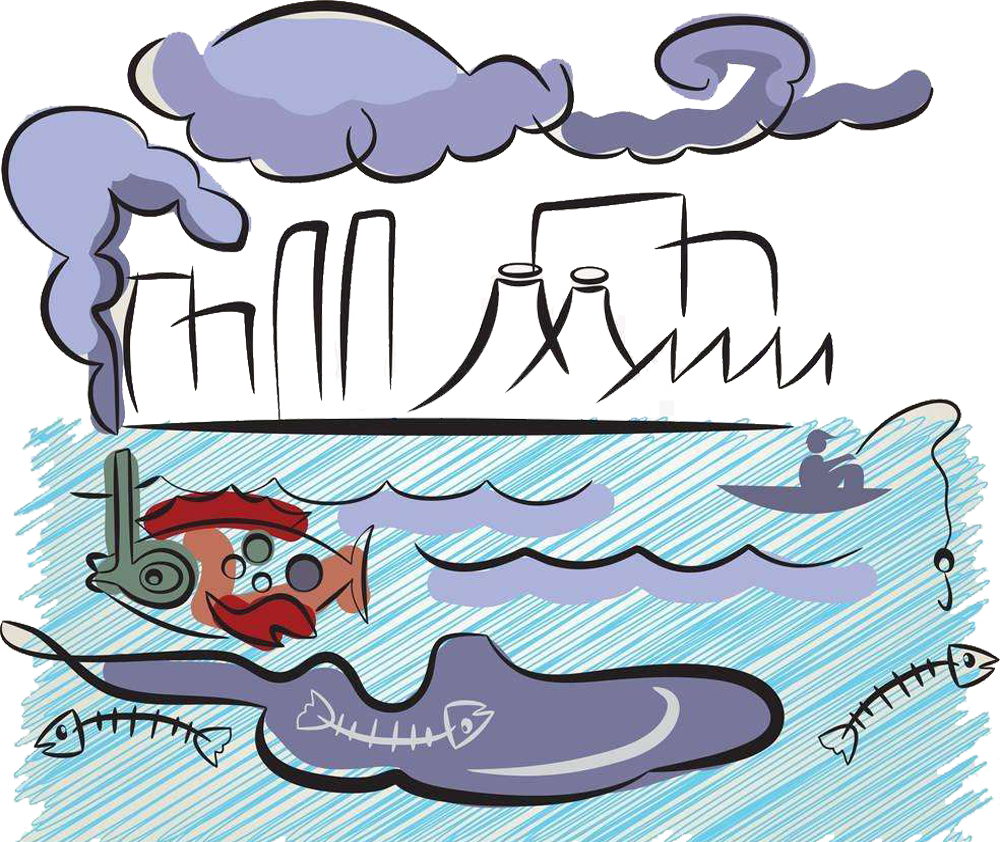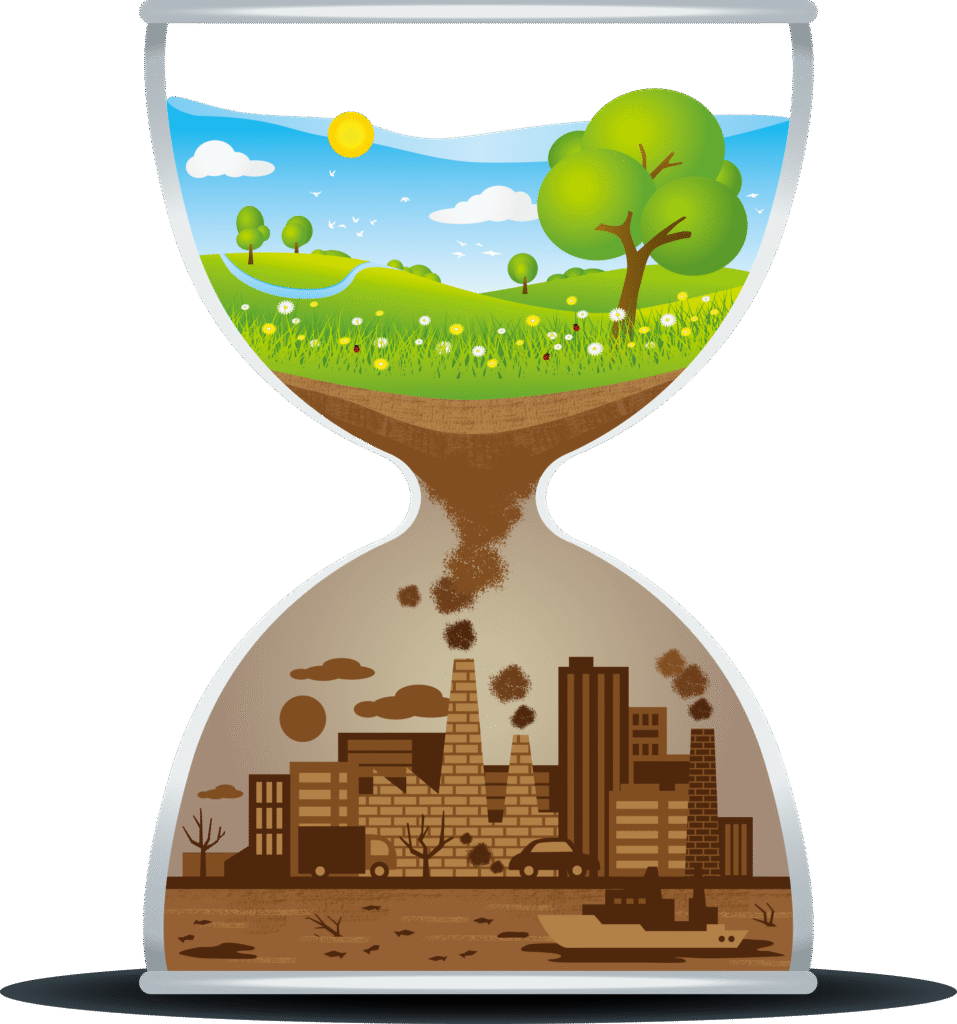POLLUTION
Pollution is one of the most pressing environmental issues facing humanity today. It refers to the introduction of harmful substances or products into the environment, leading to adverse changes in natural processes and affecting the health of living organisms. Pollution can take many forms, including air, water, soil, noise, and light pollution, and it stems primarily from human activities. As industrialization and urbanization have expanded globally, pollution levels have surged, creating significant environmental, social, and health-related problems.
for more
Types of Pollution
- Air Pollution:
Air pollution occurs when harmful gases, dust, or smoke enter the atmosphere, making it difficult for humans, animals, and plants to breathe. Major contributors to air impurity include vehicle emissions, industrial discharges, burning fossil fuels, and the release of chemicals from factories. Common pollutants include carbon monoxide, sulfur dioxide, nitrogen oxides, and particulate matter. Prolonged exposure to polluted air can cause respiratory issues, heart disease, and even cancer. - Water Pollution:
Water pollution refers to the contamination of water bodies such as rivers, lakes, oceans, and groundwater. This impurities often results from industrial waste, oil spills, agricultural runoff containing fertilizers and pesticides, and domestic sewage. Water impurities not only affects aquatic life but also endangers human health, especially in communities that rely on contaminated sources for drinking water. - Soil Pollution:
Soil impurities is the degradation of the earth’s surface due to the presence of toxic chemicals, heavy metals, or waste. It is mainly caused by industrial activity, improper disposal of waste, use of pesticides and fertilizers, and deforestation. Contaminated soil can lead to loss of fertile land, reduced agricultural productivity, and harm to plants and animals. - Noise Pollution:
Noise impurities is excessive or disturbing noise that may harm human and animal life. Common sources include traffic, construction sites, industrial activities, and loud music. Constant exposure to noise impurities can lead to hearing loss, stress, sleep disturbances, and reduced productivity. - Light Pollution:
Light impurities refers to the excessive or misdirected artificial light produced by street lamps, buildings, and billboards, particularly in urban areas. It interferes with astronomical observations, affects wildlife (especially nocturnal animals), and disrupts human sleep cycles.
Causes of Pollution

The primary causes of impurities are rooted in both natural and anthropogenic (human-induced) activities. While natural causes like volcanic eruptions or forest fires can contribute to impurities the vast majority stems from human activity:
- Industrialization: Factories release a wide range of pollutants into the air, water, and soil. Industrial waste is often improperly disposed of, leading to environmental contamination.
- Urbanization: Rapid growth of cities leads to increased waste production, energy consumption, and traffic congestion, all of which contribute to impurities.
- Deforestation: Cutting down trees reduces the earth’s capacity to absorb carbon dioxide, increasing the concentration of greenhouse gases in the atmosphere.
- Agriculture: Excessive use of chemical fertilizers, pesticides, and herbicides leads to runoff into nearby water bodies and soils, contaminating them.
- Waste Disposal: Inadequate waste management systems result in littering, landfill overflow, and the leaching of hazardous substances into the environment.

Effects of Pollution
Pollution has a wide array of negative effects, many of which are interconnected and impact all forms of life on Earth.
- Human Health:
Pollution is directly linked to numerous health problems, including asthma, lung cancer, cardiovascular diseases, and neurological disorders. Air and water impurities are particularly dangerous to vulnerable populations like children, the elderly, and people with pre-existing health conditions. - Environmental Damage:
Desecration harms ecosystems by altering habitats, killing wildlife, and reducing biodiversity. Acid rain, caused by air pollutants like sulfur dioxide and nitrogen oxides, can damage forests and aquatic environments. - Climate Change:
The emission of greenhouse gases (such as carbon dioxide and methane) from vehicles, factories, and agriculture contributes to global warming. This leads to rising temperatures, melting glaciers, rising sea levels, and extreme weather patterns. - Economic Impact:
impurities can lead to significant economic costs due to health care expenses, reduced worker productivity, loss of tourism revenue, and damage to industries such as fishing and agriculture. - Ozone Layer Depletion:
Certain pollutants, especially chlorofluorocarbons (CFCs), deplete the ozone layer, which protects the Earth from harmful ultraviolet radiation. Increased UV exposure can lead to skin cancer and cataracts in humans and negatively affect crops and marine life.

Solutions to Pollution
While pollution presents a serious challenge, there are many strategies and technologies that can help mitigate its effects. Combating impurities requires coordinated efforts at the local, national, and global levels.
- Regulations and Laws:
Governments should enforce strict environmental regulations and standards to limit emissions and ensure safe disposal of waste. International agreements, like the Paris Climate Accord, aim to reduce global greenhouse gas emissions. - Sustainable Practices:
Promoting sustainable agricultural and industrial practices can help reduce pollution. This includes using organic farming methods, reducing chemical use, and implementing cleaner production technologies. - Renewable Energy:
Transitioning from fossil fuels to renewable energy sources such as wind, solar, and hydropower can significantly reduce air and water pollution. - Public Awareness and Education:
Educating people about the causes and consequences of pollution is essential for encouraging responsible behavior. Public campaigns can promote recycling, energy conservation, and reduced use of plastics. - Recycling and Waste Management:
Effective waste management systems, including recycling and composting, can reduce the amount of waste that ends up in landfills or natural environments. - Green Transportation:
Promoting the use of public transport, bicycles, electric vehicles, and carpooling can help reduce traffic emissions and noise pollution. - Tree Plantation and Green Spaces:
Planting more trees and developing green urban spaces can absorb pollutants, reduce heat, and improve air quality.

Conclusion
Pollution is a global crisis that demands immediate and sustained action. While it is a product of human development and technological progress, it also threatens the very foundation of life on Earth. Through a combination of policy changes, technological innovation, and community involvement, it is possible to reduce pollution and restore the health of our planet. Everyone—governments, businesses, and individuals—has a role to play in this mission. By acting responsibly and adopting sustainable practices, we can create a cleaner, healthier, and more sustainable future for generations to come.